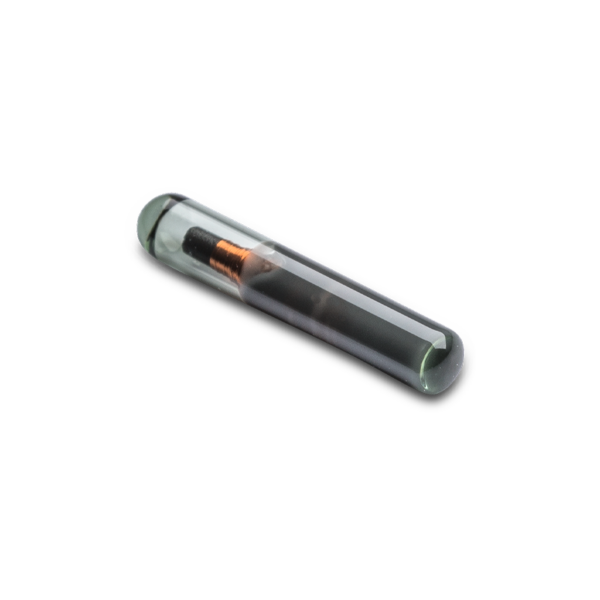The Top Ten Little Known and Interesting Facts About PIT Tags
Passive Integrated Transponder tags, better known as PIT tags, have become one of the most important tools in fisheries biology, wildlife monitoring, and laboratory research. Although they have been used for decades, many people only know the basics. Below are ten little known or surprising facts that highlight just how versatile and fascinating PIT tags really are.
One. PIT Tags Never Stop Working
PIT tags do not contain a battery. Instead, they draw power from the electromagnetic field generated by a reader. Because there is no internal power source to deplete, PIT tags can function for the entire lifetime of the animal and sometimes remain readable for years after.
Two. PIT Tags Have a Life Beyond Fisheries
Although widely recognized in fisheries research, PIT tags are used far outside that world. If a project requires a permanent unique identification number, PIT tags are an ideal solution. They have been used in laboratory animals, exotic pets, wildlife rescue programs, and even in completely unexpected places. A recent example includes an artist embedding a PIT tag into a piece of artwork to give it a one of a kind permanent digital identity.
Three. They Are Fully Biocompatible
Quality PIT tags are made from medical grade biocompatible glass or polymers. This ensures they do not corrode, do not cause harmful reactions, and can be safely implanted into a wide range of species.
Four. Every Tag Has a Unique Code
Each PIT tag contains one globally unique identification number. No two tags in the world are programmed with the same code. This ensures researchers can track an individual animal with complete accuracy for life.
Five. PIT Tags Come in Many Sizes
Although 12 millimeter tags are among the most common in fisheries research, PIT tags can be as small as 8 millimeters for tiny species or as large as livestock sized tags used in mammals and birds. The size selected depends entirely on the species and study needs.
Six. Antennas Can Be Installed Almost Anywhere
PIT tag antennas can be built into fish ladders, screw traps, weirs, nets, raceways, pipes, conservation aquaculture facilities, and even into handheld devices. Their flexibility allows researchers to collect data in nearly any environment.
Seven. PIT Tags Are Extremely Durable
A high quality PIT tag can withstand pressures experienced at depth, freezing and thawing cycles, and the mechanical stress experienced by fish migrating through rivers or aquaculture systems. Many tags are recovered years later and still read perfectly.
Eight. PIT Tags Are Not GPS Devices
A common misconception is that PIT tags track location. They do not. The tag must pass through or near an antenna to be detected. What PIT tags provide is incredibly accurate presence, movement timing, and survival information.
Nine. Readers Matter Just As Much As the Tag
The performance of a PIT tag is tightly linked to the reader and antenna system. Innovations in reader technology, like modern high quality FDX systems, have dramatically increased read range and detection reliability in recent years.
Ten. PIT Tags Were Originally Developed for Livestock in the Late Nineteen Seventies
Long before PIT tags became standard in fisheries and wildlife studies, they were first developed for use in livestock and agricultural identification. Early commercial systems began appearing in the late nineteen seventies and early nineteen eighties. Their proven ability to provide permanent, tamper proof identification in cattle and other livestock paved the way for adoption in laboratory work and eventually transformed fisheries research across the world.








Add comment